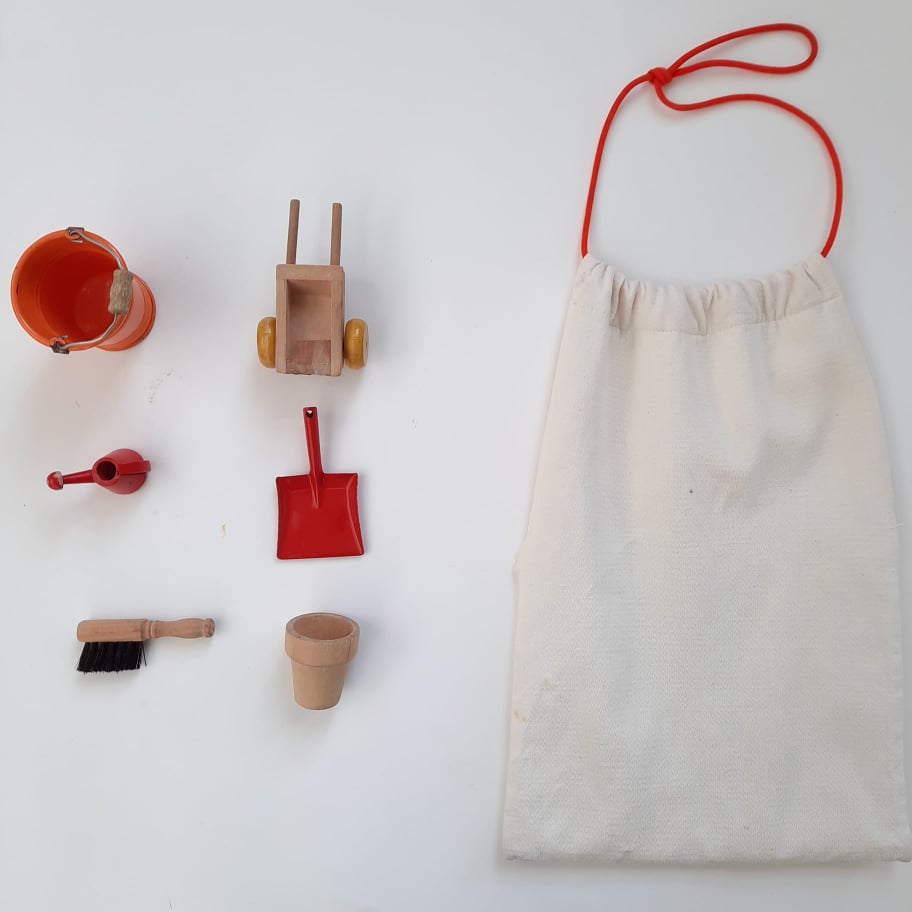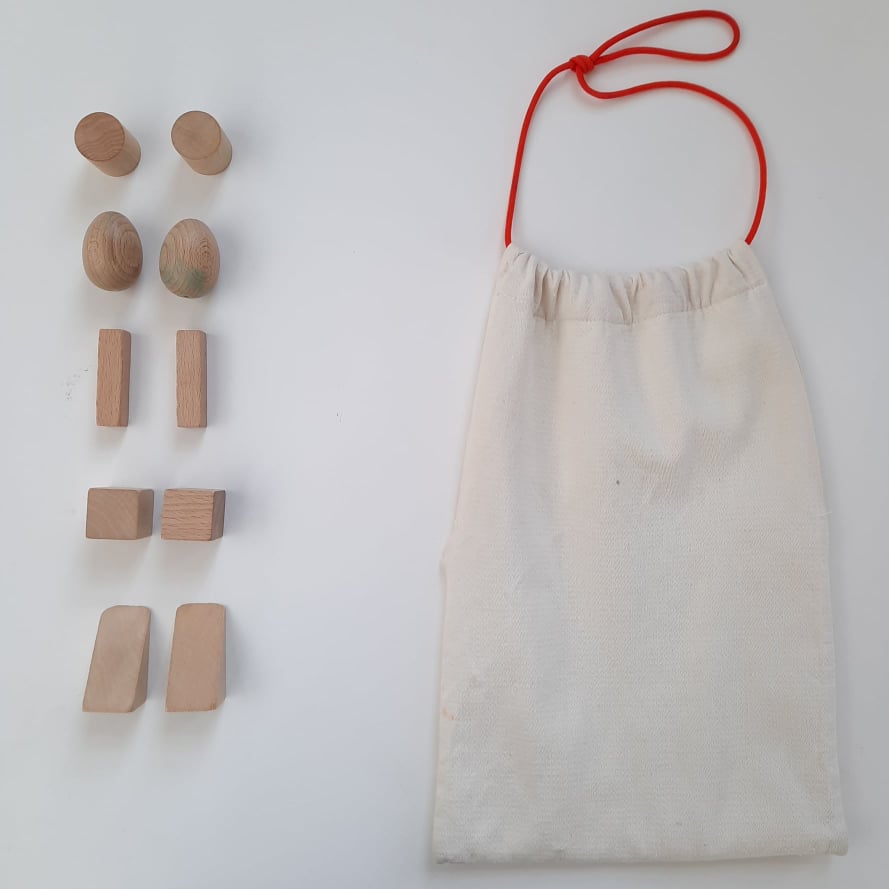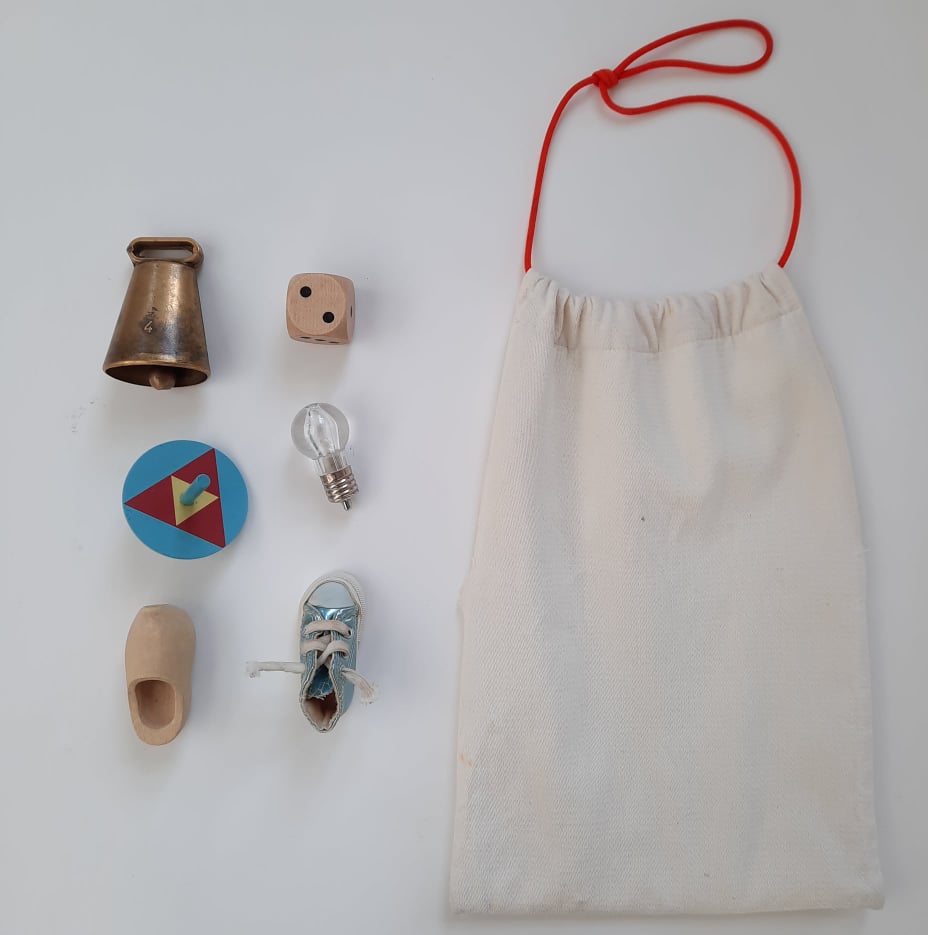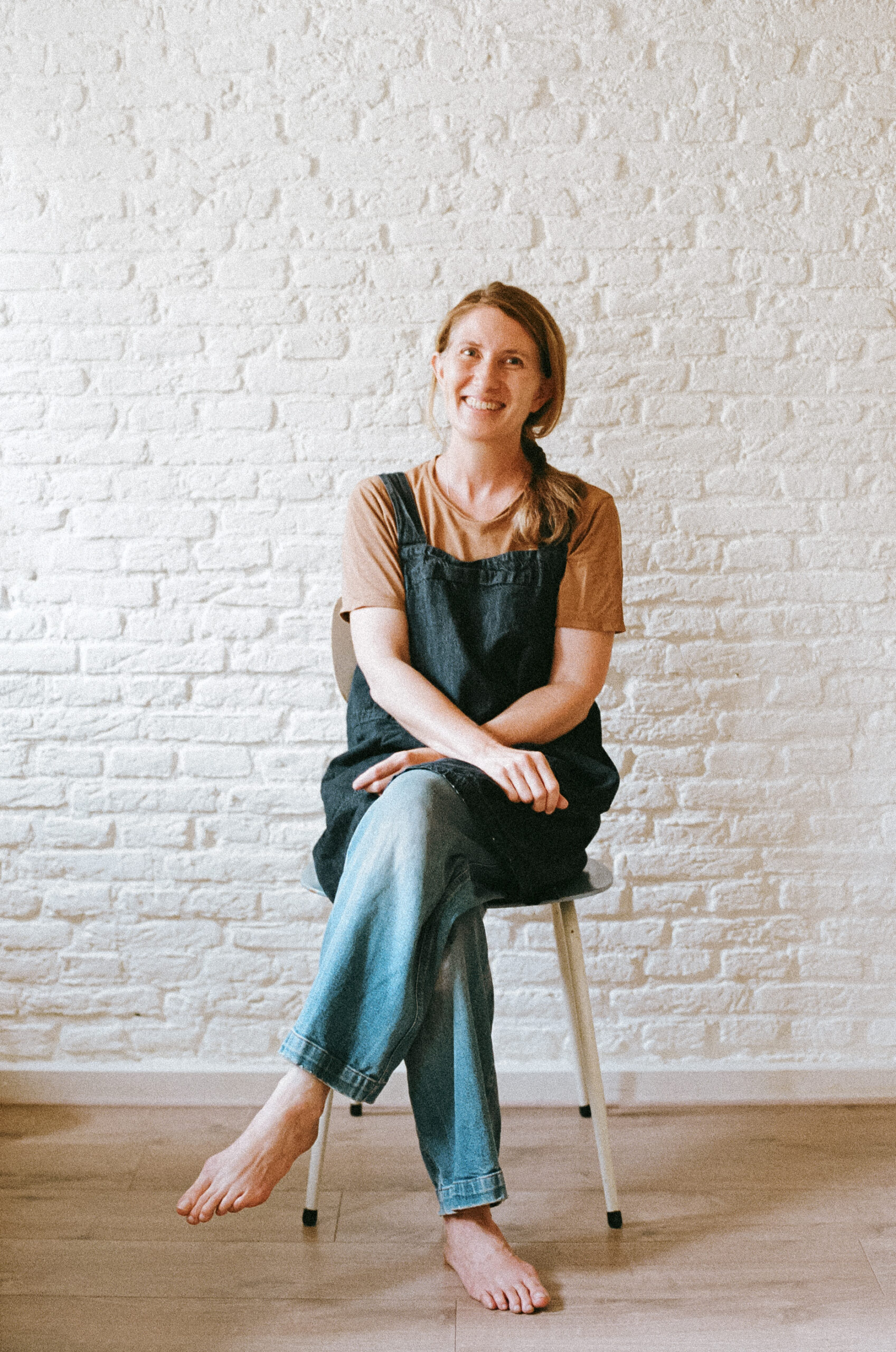What are stereognostic bags?
Back in this blog post of my favourite activities for 2.5 years olds, I promised to come back to stereognostic bags to show you how they work. These bags help children to develop that sense of feeling around an object to work out what it is just as we can put our hands in our bag to find our keys or glasses.
These bags are often called mystery bags, but I do love hearing 2.5 year olds picking up “stereognostic bag” just as easily. These are great for developing their stereognostic sense, their vocabulary and are fun to make at home too.
Under 2.5 years old, most of the children want to peek into the bag, using their visual sense to discover what is inside. Around 2.5 years old they start to develop their stereognostic sense and they can start to put their hand in the bag without looking and pull out an object that we name.
There are 3 types of stereognostic bags:
1. Related objects – these are generally around the same subject so it’s easier to work out what another might be based on what you have already seen from the bag. For example, this bag of things related to cleaning around the home.

2. Paired objects – there are two of each item in the bag. We can say, “can you find another cylinder?” For example, this bag of paired geometric solids.

3. Unrelated objects – this is the most difficult as each of the items gives no clue to the others. An example below of random objects.

Tips for stereognostic bags:
- Look for bags where the child cannot peek inside – these bags are from Nienhuis and have a side slit where your hands go in
- The objects that are placed inside need to be easy to identify by touch only. Animals are not always the easiest choices. Think of things like a shell, brush, key etc.
- If they pull out the wrong object, name what they pulled out and make a mental note of which ones we need to re-introduce.

Simone Davies has more than 20 years’ experience as an AMI Montessori educator. Simone is the author of “The Montessori Toddler” and co-author of “The Montessori Baby” and “The Montessori Child” books, comprehensive guides to raising children in a Montessori way. She currently runs parent-child Montessori classes in Amsterdam at her school Jacaranda Tree Montessori. She also has a popular blog, instagram and podcast “The Montessori Notebook” and is mother to two young adults.